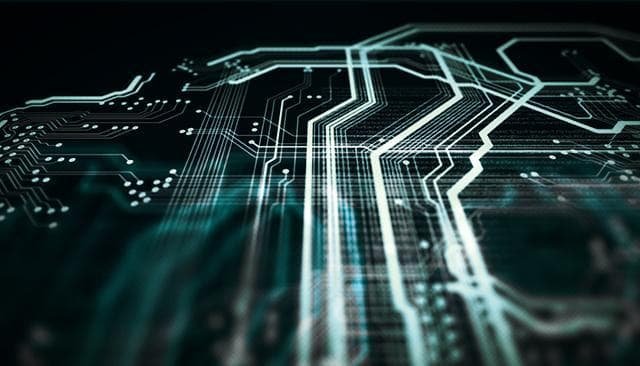Always focused on the future, the Software Engineering Institute (SEI) advances software as a strategic advantage for national security. We lead research and direct transition of software engineering, cybersecurity, and artificial intelligence technologies at the intersection of academia, industry, and government. We serve the nation as a federally funded research and development center (FFRDC) sponsored by the U.S. Department of Defense (DoD) and are based at Carnegie Mellon University, a global research university annually rated among the best for its programs in computer science and engineering.
The 2021 SEI Year in Review highlights the work of the institute undertaken during the fiscal year spanning October 1, 2020, to September 30, 2021.
The Stories

Greg Touhill Takes Helm of CERT Division
The SEI appointed Gregory J. Touhill as director of the SEI’s CERT Division in spring 2021.
READ MORE

SEI Leads Development of New SAE AADL Version
The SEI led the development of the Architecture Analysis and Design Language (AADL) version 2.3.
READ MORE

Applying AADL Expertise to Future Vertical Lift Modeling
The project assembled a tool chain that can seamlessly transition from a formal model to an executing, verified system.
READ MORE

Operationalizing Responsible Artificial Intelligence
The Defense Innovation Unit collaborated with the SEI to operationalize ethical AI principles.
READ MORE

Quantifying Uncertainty in Mission-Critical AI Systems
Many machine learning models inaccurately estimate the certainty of their inferences about real-world data.
READ MORE

Building the Quantum Advantage Evaluation Framework
The framework will predict the computing applications that will show quantum advantage in one to three years.
READ MORE

AI and Open Source Software Contribution
The SEI released several new tools and updated a number of existing open source projects in fiscal year 2021.
READ MORE

Agile Virtual Schoolhouse Enables Vital Distance Learning
In response to customer shifts in the pandemic, the SEI transitioned its Agile classroom courses to a virtual format.
READ MORE

Building a Roadmap for System Cybersecurity Improvement
The Cybersecurity Engineering Review shows programs acquiring or engineering software systems how to bake security in.
READ MORE

A Vision and Roadmap for Software Engineering Research and Development
Software development may soon look like a technical conversation between humans and computers.
READ MORE

New Artificial Intelligence Division to Advance the Discipline
The AI Division researches the practical design and implementation of AI.
READ MORE

AI Engineering: Building the Discipline and Growing an Ecosystem
The SEI has begun formalizing the field of AI engineering, much as it did for software engineering in the 1980s.
READ MORE

Modeling DevSecOps for Software Pipeline Assurance
Until now, there has been no practical framework for implementing and evaluating DevSecOps.
READ MORE

Enabling the Next Generation of U.S. Nuclear Deterrence
The SEI bolstered the software assurance and cybersecurity of the Ground Based Strategic Deterrent system.
READ MORE

Getting the Jump on System Failures in AI-Powered Data Processing Pipelines
AI End-to-End monitors pipelines and automatically reconstitutes them if the system or components fail.
READ MORE

Achieving Confidence in Multicore Processors to Enhance DoD Capabilities
Timing failures in multicore processors can have disastrous consequences.
READ MORE

Transitioning the DoD’s Software Acquisition Pathway to Programs
The SEI worked with early adopters of the policy to test its efficacy and deliver capabilities to warfighters.
READ MORE

Accelerating New Capability Through Rapid Certifiable Trust
Cyber-physical systems require system verification techniques that can adapt to a faster deployment cadence.
READ MORE

Improving System Interoperability with a Data-Centric Universal C2 Language
Many DoD command-and-control systems use incompatible standards for information exchange and storage.
